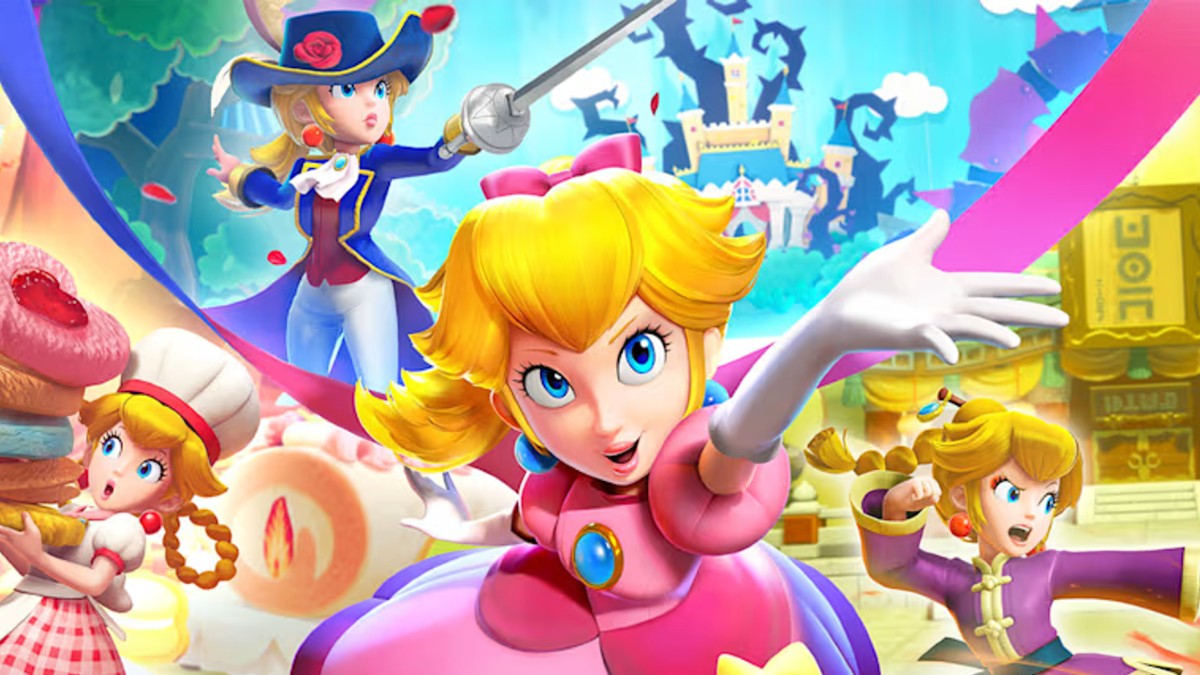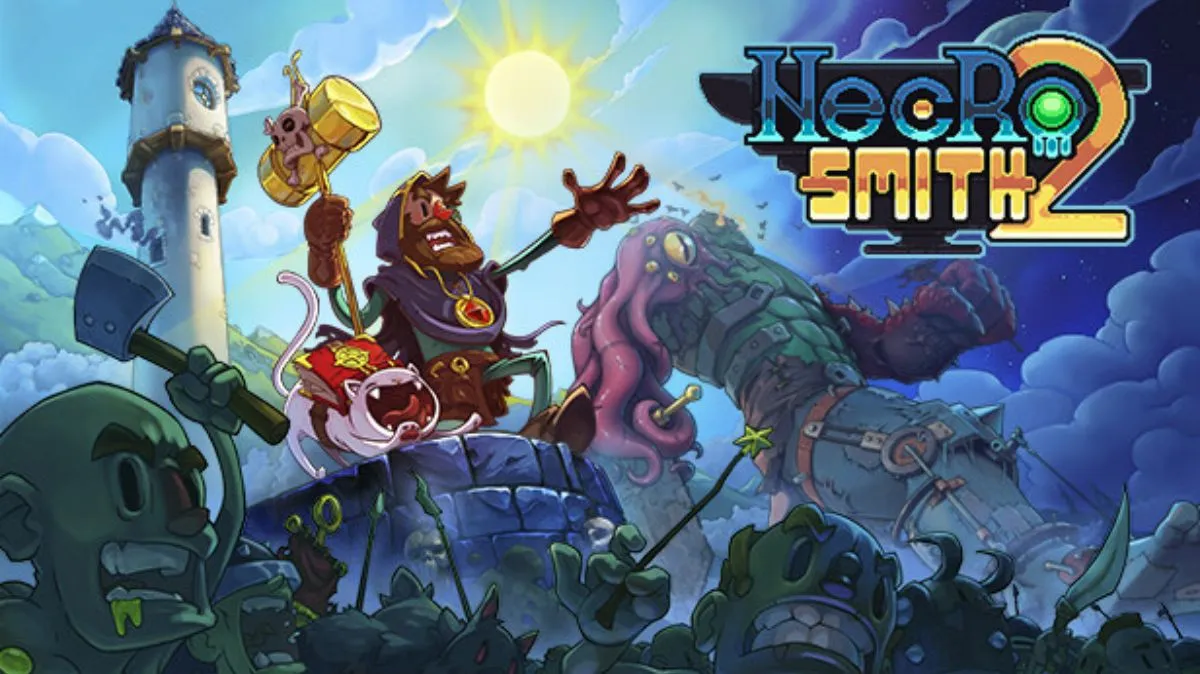There’s no denying that Trion’s Rift is an ambitious title. Billing itself as one of the first MMOs ever made with HD-quality graphics and fully dynamic content, Rift – and developer/publisher Trion Worlds – fired a shot directly at MMO kingpin World of Warcraft with a launch trailer that carried the tagline, “We’re not in Azeroth anymore.” The meaning was clear: WoW is old hat, Rift is the new hotness, and this is the future of MMOs.
As it turns out, that may have been jumping the gun just a little tiny bit. Rift is a well-designed game that shows a great deal of promise, and it may in fact offer a glimpse at the future of the MMO genre – but it is just that, a glimpse.
Even the “We’re not in Azeroth anymore” tagline feels somewhat unwarranted, because in a sea of games that are all trying to ape WoW‘s success, Rift occasionally seems like the WoW-iest. While this is largely due to adherence to conventions of the genre that WoW popularized there are a few similarities that are simply blatant, like the Rogue archetype’s use of “combo points.”
But this isn’t a bad thing. Taking good ideas from other developers for use in your own game is only smart, after all, and Rift manages many of its own twists on tried-and-true concepts. The game’s handling of the standard MMO class system is a good example: When creating a character, the player selects one of four standard MMO archetypes – Mage, Warrior, Cleric, and Rogue – and they all play about like you’d expect.
However, your character being a recently-ascended hero, you can tap into the souls of dead heroes from bygone eras, granting further skills. These “souls” are essentially Rift‘s versions of a sub-class, and each archetype has eight to choose from. A Warrior might specialize as a dual-wielding Paragon, become a Void Knight to feed on and deflect the magical energies of his foes, or choose the path of the Paladin for greater defense and limited healing. You can have three souls active at any one time – and while some combinations work better together than others, you can mix and match to your heart’s content.
The soul subclass system is one of Rift‘s best ideas. Though you only start with one, you’ll gradually acquire all eight souls, and it’s very easy to swap between loadouts, meaning that your up-close Assassin can become a Bard or a Ranger with little hassle, should you want to play around with a different playstyle. Unfortunately, it can also be overwhelming. Rift throws a character’s first few souls at you in rapid succession, meaning that low-level characters frequently wind up with more abilities than they know what to do with.
Another thing that Rift gets (mostly) right is its much-vaunted dynamic content. This is where the titular rifts come into play: The world of Telara is located at the intersection of six elemental planes (water, fire, earth, air, life and death), which makes it such a valuable prize for the game’s villains. Tears in the fabric of reality will randomly pop up through the game’s world, which will burst into full-blown elemental rifts that warp the surrounding environment.
Players must work together to close these rifts and banish the elemental incursions. Though formulaic, they’re still an improvement on the Warhammer Online Public Quests that they resemble: Their random, dynamic nature means they can pop up anywhere, and there’s nothing like a giant black circle of death hovering in the sky to pull you from your current quests. It’s a blast to tackle rifts with a small group, but the giant circle of “Here There Be Rifts” in the sky almost invariably means that it will end in a massive zerg of players, taking any risk or sense of meaningful contribution out of the matter.
The occasional full-scale planar invasions suffer a similar problem. The elemental enemies attack NPCs in packs, and attacking them solo is suicide – but attacking them with a full raid party offers no challenge. There’s definitely a sweet spot between “going solo; get crushed,” and “zerg rush” but it’s rare to come across, especially in lower-level, more populated zones.
That said, that’s mainly a player problem – and the actual dynamic content itself is a neat idea that makes the world of Telara seem more alive. It’s almost enough to make up for fairly dull traditional content: Aside from a few standout quests here and there, almost every quest in Rift is some variant on “Go here, kill these guys” or “go here, bring me this thing.” It’s functional but uninspired, and unlike the dynamic content is unlikely to hold players’ interests in the face of Cataclysm, The Old Republic and Guild Wars 2.
One area where Rift definitely delivers is the graphics: It’s a very visually-appealing game. Some of the animations are slightly awkward (collectors’ edition two-headed turtle mount, I’m looking at you) but the art direction is thoroughly competent and the models look great, as does the rifts’ effect on the surrounding terrain. There are some very memorable vistas, like a low-level dungeon where you progress through the four seasons as you ascend a mountain, and if you’re the type to place value on graphics you won’t be let down.
Everything else works as it should. The combat is entertaining with many subclasses juggling different power reserves, and if you don’t like a certain role it’s easy to swap to a new one. Crafting is unremarkable, though there’s a neat little element where you can add augments to items you craft to augment their power – if I’m making a sword for my Warrior tank, maybe I’ll add some extra strength or endurance to it, or I can put agility on the same sword to give to a Rogue buddy.
It plays so many conventions of the genre straight that Rift couldn’t possibly be the game-changer that its developers were clearly hoping it would be. But for Trion Worlds’ first shot? It’s not half bad at all.
Bottom Line: Rift does a lot of things right; others, like the dull quests, err a bit on the other side of average. Its main boasts – the soul subclasses and the dynamic content – are fantastic ideas that occasionally go clunk every now and then, but the core there is solid and makes the game feel worthwhile. As with any MMO, there’s very little that can’t be fixed (or broken) with time and updates.
Recommendation: Worth a try for the MMO fan, as well as any WoW players who want a vacation from Azeroth.
[rating=4]Game: Rift
Genre: MMORPG
Developer: Trion Worlds
Publisher: Trion Worlds
Release Date: March 1st, 2011
Platform: PC
Available from: Amazon
John Funk thinks those snooty Guardians can shove it.



